I have an issue with shooting people.
That didn’t come out right. I’ll try Diane Arbus: “I always thought of photography as a naughty thing to do.” This feels right; when I started with my Leica, I felt I was invading privacy.
Arbus, of course, goes much further:
…that was one of my favorite things about it, and when I first did it, I felt very perverse.” Arbus may not be the ideal role model for a beginning photographer.
And there are situations where photography is invasive: First Nations peoples and Islamic women come to mind. Is it really OK for me to represent another culture? Or the life of another individual?
But portraits are free of all that: the sitter wants a picture; I have a camera. In this case, my spouse needed a jacket photo for her book, and would I help?
Background: she’s a licensed psychologist, residency at a Federal correctional institute (her “years in prison”). She wanted a photo to convey professionalism and seriousness.
She hated it; said I made her look too serious. Clients! What can you do?

Photographing my god-daughter could work, too. The mom (in Texas, I call her ‘mi comadre’) was a student 40 years prior. This day, I’d helped mom weigh the baby, get her bottle ready, and then I held the baby. By the time I picked up the camera, I was so hormone-addled I could barely focus, let alone compose.
Somehow, shooting into the light worked; I suspect the lens saved me (thank you Leica). Even though mi comadre actually liked the portrait, my emotions show through. Still — it might be a little more than that. I keep a copy in my office, where young faculty with new kids view it. New parents: what can you do?
The first ‘street’ photo I ever took. Even though on a bus, on the way to our pub. We were passing the edge of the old harbour (where a gentleman could get a room for a dollar a night or a bit more if he wanted company). This gentleman was returning from a used bookstore; he sat down and immediately became absorbed in his book. It gave me time and anonymity to construct the photo I wanted.
So why did I feel this was safe? I recognised the book jacket: Lattimore’s translation of the Odyssey, “the best story ever told”. It seemed to be a personal connection. I thought, “traveller, scholar, loves books”. As do I.
What, now we’re Andre Kertesz?
In the background, the Ransom Center for rare books: a Gutenberg, the first photograph (or heliograph), the Magnum Collection, and Oscar Wilde’s papers. The background sets up the Great Western Cultural Tradition; I imagined the student to be part of it.
Or maybe he’s just swotting up an assignment at the last minute? How does a photo mean what I want it to mean?
The next block of photos was taken with an Olympus Pen F Digital, with the Panasonic 20mm f/1.7 pancake lens.
I should explain: our house was hit by lightning and burned down. That’s an exaggeration; only the top half burned down. As such things go, ground zero was where I kept my cameras, consulting work, computers …
Firefighters are trained to save contents: they throw stuff onto a tarp, drag the whole collection to a safe place before tearing out the ceiling, unleashing the water. The Leica M8, even in a well-padded Billingham, didn’t make it through. The only bright spot (re: camera) was our property insurance adjuster, a weekend DSLR photographer. She took one look at the Leica, said: “Send it to Germany. I’ll pay whatever it takes”. Bless you.
A co-worker celebrated her 40th by cooking a Mediterranean feast, the centrepiece being an entire roast goat (in small pieces). Her guy, carving, is a photographer; he said I looked like I was on assignment, which somehow allowed me to photograph freely. Here, I liked how ISO 2500 gave a harsh light on the steel knives. For the first time, I maybe glimpsed the ‘why’ of black and white photography.
About half the guests that night were photographers. They thought the Pen F was very cute but insisted I examine their Fujis: “See? You can adjust the aperture right on the lens!”
I felt so mortified.
Our new neighbours are from the Subcontinent; they invited us to share Diwali at the local temple. At Diwali, one must look one’s absolute best, even if one doesn’t care to.
Of course: just when you’ve decided on your moment, someone else decides it’s their moment. I was lucky: she posed for me.
Posing made it all OK. Then too, I’d spent some time doing my usual: watching a family with grandpa holding granddaughter’s hand as she tried climbing temple steps. A mom wrapping her baby. I felt a part of the celebration.
Am I overdoing the anti-Arbus thing, photographing other women’s cute kids?
I’ll admit it: I’m a bit simple-minded. Oooo, bright colors! Boy running through frame! Picture!
Then it got complicated: a friend from grad school emailed me. Last heard, she’d completed a PhD in Old English literature. 2019 update: Beowulf doesn’t pay the bills; she’d gone to med school. Remodelling a house in Houston’s Arts District, she didn’t want it to be like her other homes: it should hold her art collection. Viewing the pix she’d sent: of course, a Turner.
Feeling outclassed, I nonetheless sent the above photo. She replied, “I love the way you captured each woman’s character.”
I did?
Arbus again: “A photograph is a secret about a secret. The more it tells you, the less you know.” Is the grey-haired women on the right the curmudgeon she looks to be? Or is she thinking, “I shouldn’t have had that third samosa”? In either case, maybe I captured the indecisive moment?
Taking a pre-lecture walk on campus, I ran across an older man sitting on the ledge of a wildflower bed. He had a vintage Voigtländer camera with an equally vintage macro attachment, each of which he’d resuscitated. We chatted a bit, as one equipment nut to another.
I went off thinking, “Hmmph! I can take flower portraits just as well as him”. Finally! No one saying, “that didn’t capture the real me”—no one running into my frame just as I click the shutter.
Oh, hell: no, I can’t do it just as well as he. The composition is off, and the bokeh is a mess. And from any vantage point, too many reeds amongst the flowers.
It’ll be fine. Little Summi and I have years ahead of us. We’ll learn.
So why do I take these snapshots, photographs, pictures? What makes it less an invasion of privacy?
By this point, it’s becoming clear: my photos are about incidents and moments in my life, about real or projected relationships with people. And I don’t want to capture their oddness, their isolation; others do that much better.
It may seem a form of vampirism, but I want to capture the simple joys in life. And that will be enough for me.
Read more from Kathy Davis
Join the Macfilos subscriber mailing list
Our thrice-a-week email service has been polished up and improved. Why not subscribe, using the button below to add yourself to the mailing list? You will never miss a Macfilos post again. Emails are sent on Mondays, Wednesdays, and Fridays at 8 pm GMT. Macfilos is a non-commercial site and your address will be used only for communications from the editorial team. We will never sell or allow third parties to use the list. Furthermore, you can unsubscribe at any time simply by clicking a button on any email.

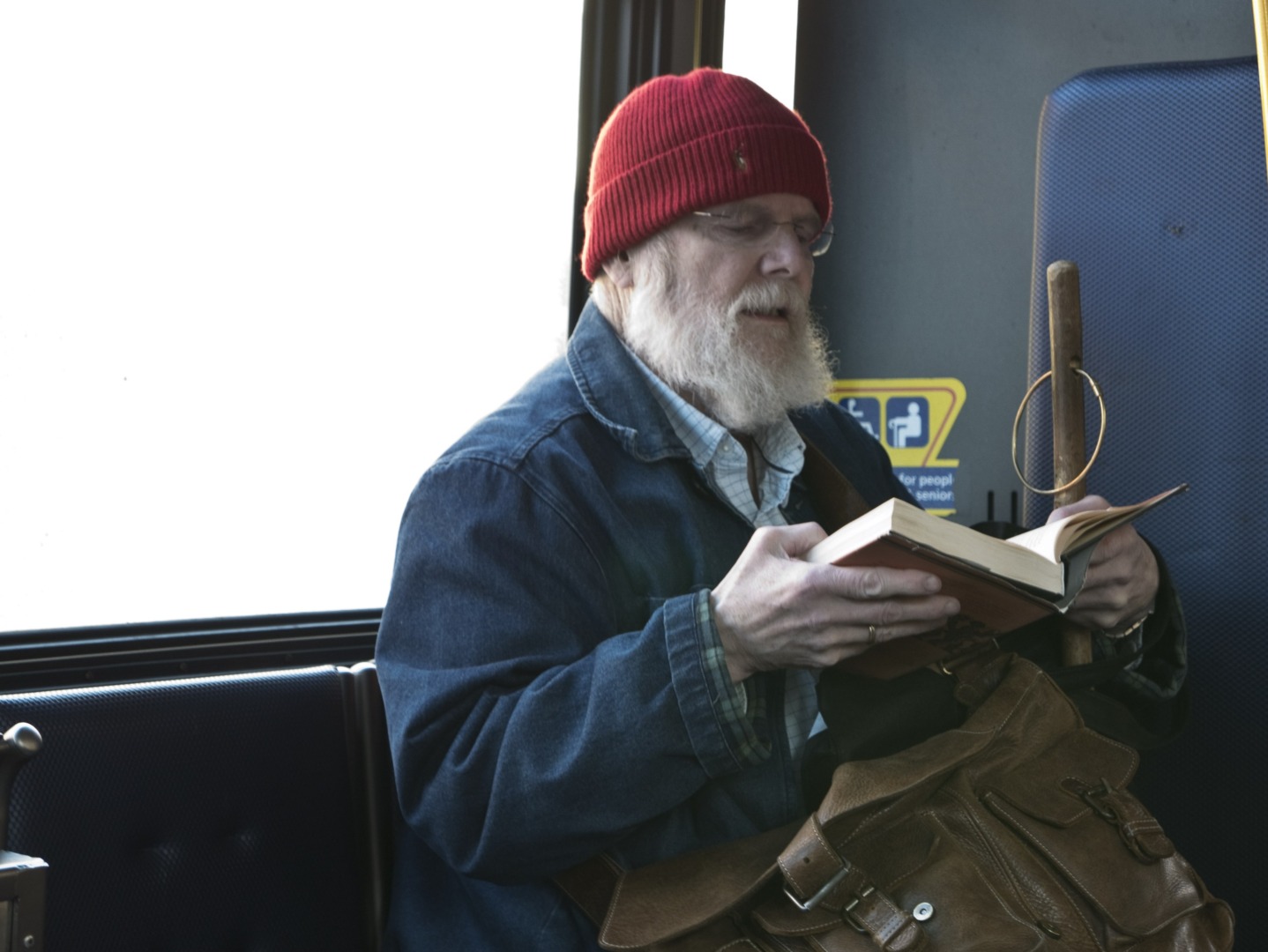
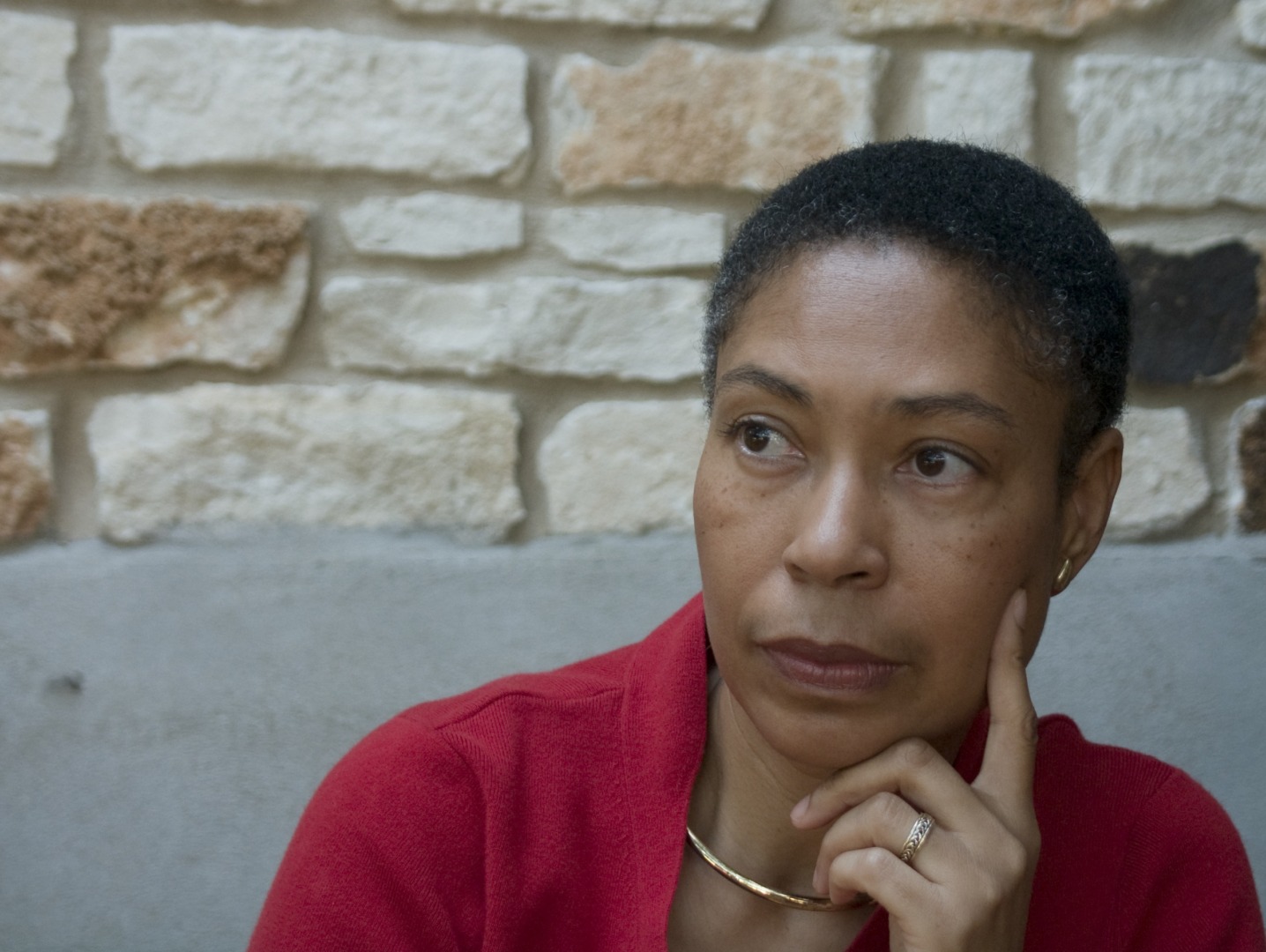
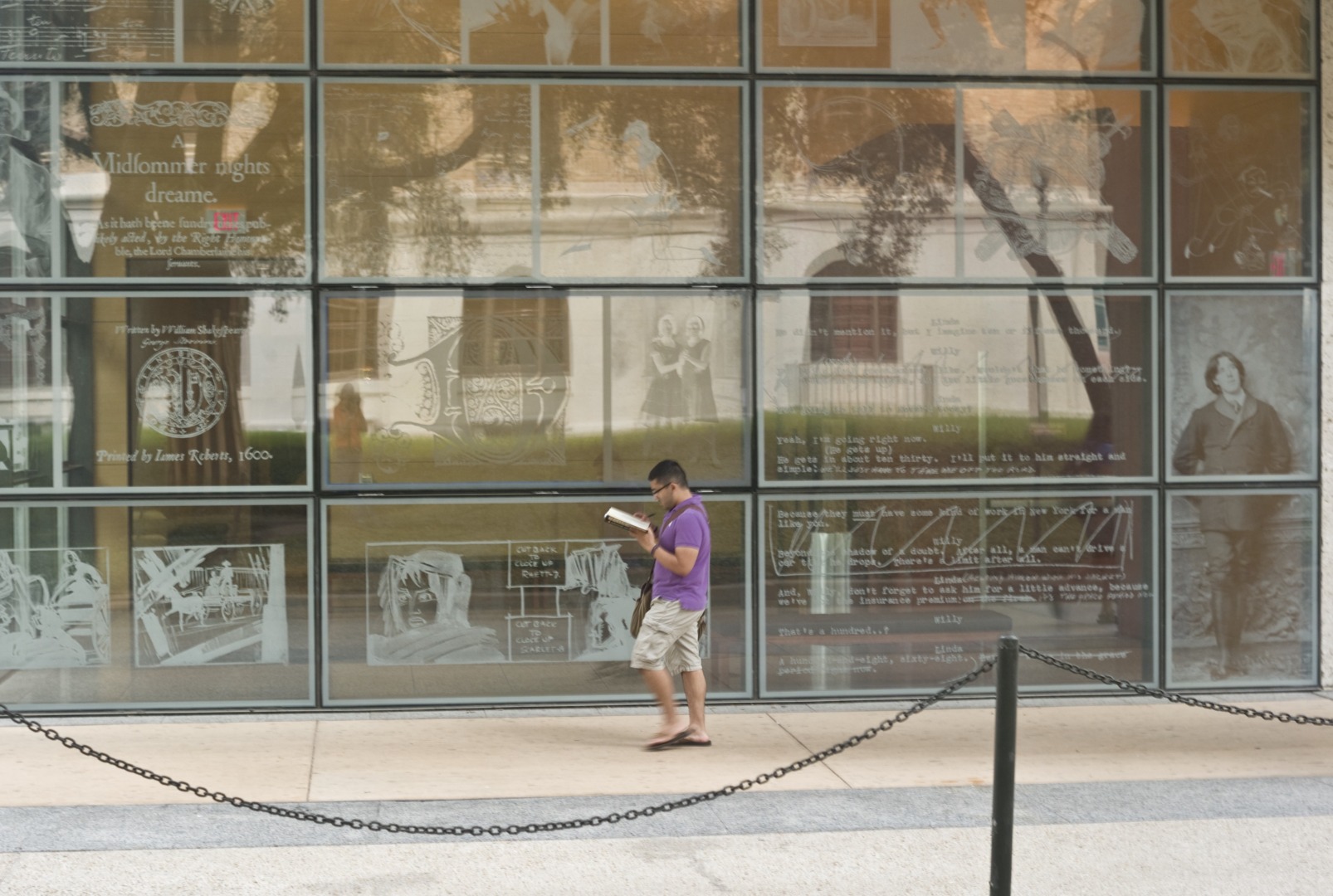
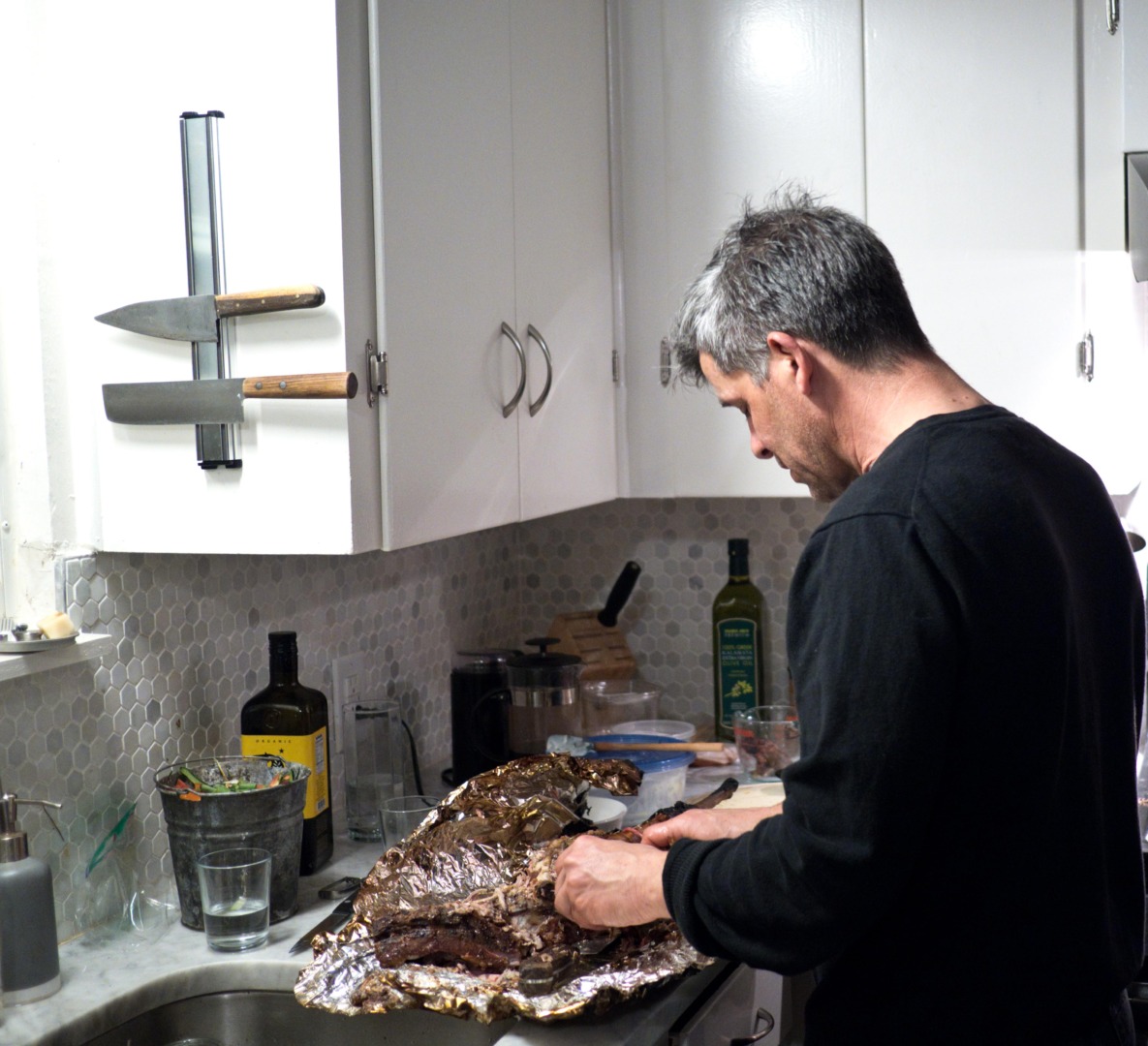
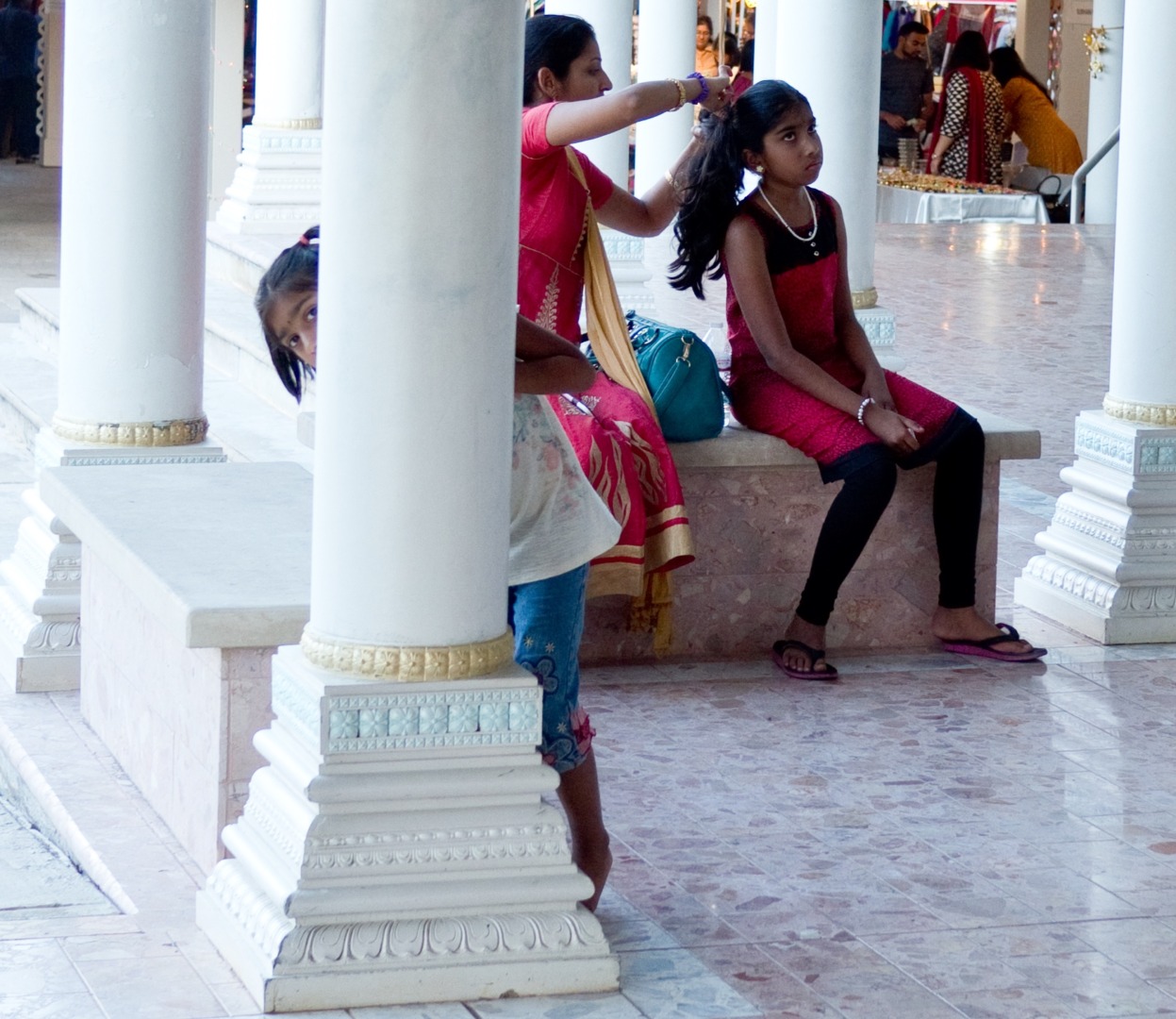

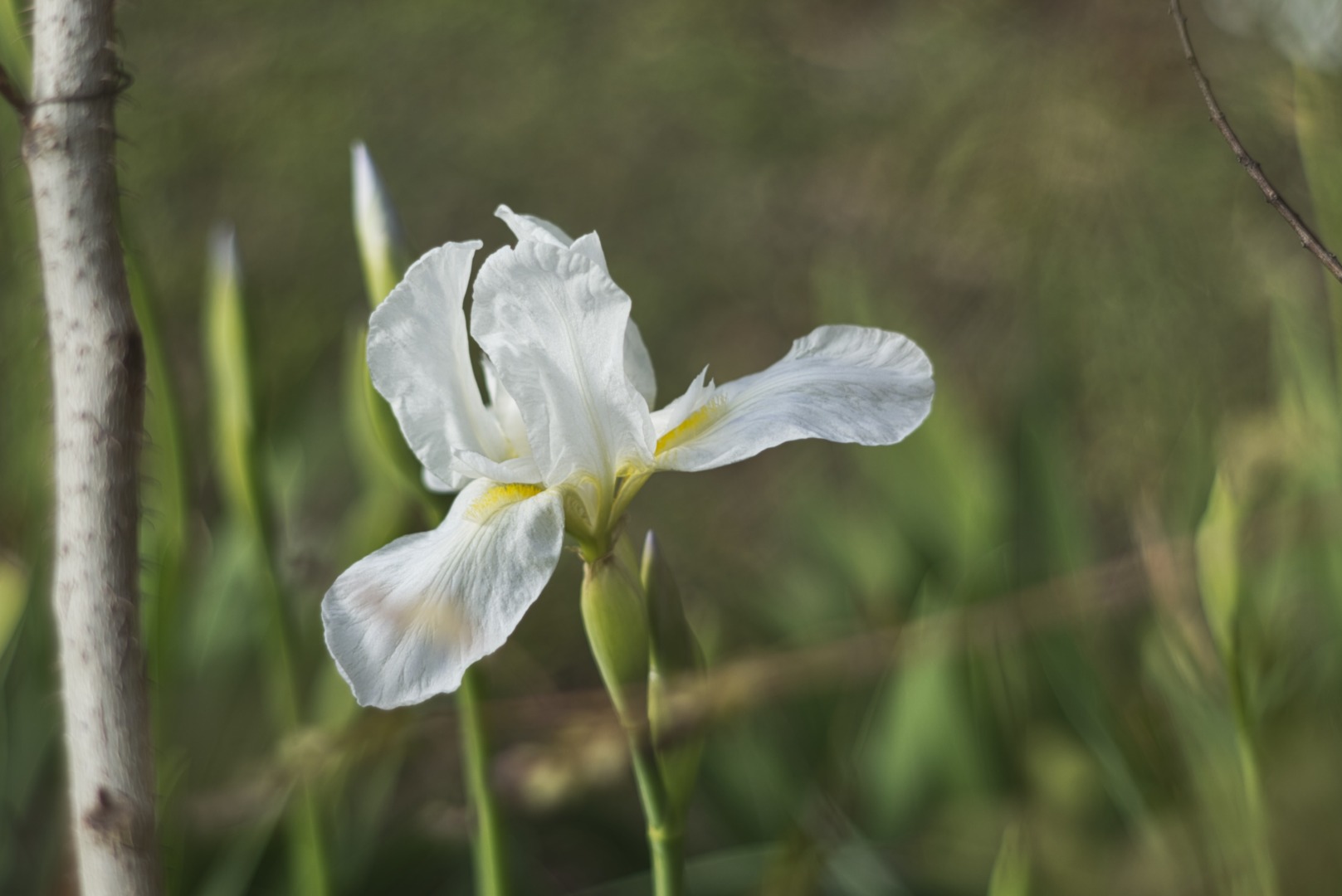
There’s a (mental) distance required to take street shots. When surpassed, the opportunity’s gone, and perhaps you can take portraits instead.
In a huge city usually people walk with that distance in mind, so the task is easier. In a small village there’s no such a thing in people’s mind and things becomes radically more difficult.
In resume, if too involved, it doesn’t work. The way to achieve that depends upon your skills. Some photographers never get in contact with people for instance. Others the opposite.
In my opinion if you’re not involved at all, things equally don’t work. But some great street photographs are taken far from the subject.
Balance at the end is required.
Nevertheless things have changed a lot since the times of Diane Arbus or William Klein. Now we have cellphones and survey cameras and Facebook. And hope mask times to end pretty soon.
Dave,
Thanks for your thoughts. It is frustrating to be working on my floral techniques instead of working on what I really want to do! And there’s a lot for me to work on; the rule of thirds is certainly right up there! In general being more thoughtful about what I do. It’s a mental exercise.
You know — this is the odd thing. I ran into that older gentleman with his vintage Voigtlander equipment. We had a nice talk, and it’s a nice memory. What would have been even better was then asking him if I could photograph him while he was working. Looking back, that would have given me some really nice shots, and I could be enjoying them now.
Sometimes I don’t know about myself!!
Also, thanks for your kind thoughts on the house. The M did come back with new texturized grip, new shutter mechanism, cleaned, rangefinder adjusted — like new. The house — that took 18 months. But as the insurance agent said, “I know this looks like a disaster zone. But I’m going to build you a new home.”
And he did.
Good Evening Kathy,
This is a wonderful adventure into why we love to photograph people. If Covid and restrictions have robbed me of anything, it is the chance to walk around people based events and capture those magical moments of people doing stuff, often dressed uniquely in (for me) familiar surroundings.
The only difference is I tend to engage the subject, and if I can, engage in a conversation – sometimes after the image is shot – but I always try to engage the individual. Perhaps that is a little of me loving talking to people about being in the same space.
If I have leant anything from picking my camera’s up in the months since our restrictions eased, it is that composition can be everything. I have taken images on my recent journeys and trips since, and I have processed them with the rule of thirds in mind (something I have never adhered too). All I can say is that the majority of my recent images on Flickr that comply with the rule, seem to have broken all previous records on likes in my decade long association with the medium (yes a poor indicator of a good image). The oddity to that, is my favourite images of recent months have been shot on my Leica X and my IPhone, both now sit as the top two on my account – on both occasions the image you see in my account, is what I visualised – but tidied up in post production.
And finally, step aside from the images you present, I felt elated and teary at the news your loss adjuster considered the value of saving the Leica an important person in the provision of our photographic journeys. I hope the Leica reappears fixed, and you are able to resolve the housing challenges this tragedy has given you.
Best wishes
Dave
David, Wayne: thank to you both. This discussion demonstrates one of the reasons why taking photos is a lifetime activity: there’s always more to learn, and different ways to see. We’ll leave the discussion here.
Though I think David has a point about the ashtray 🙂
Thank you for taking your time to explain this. It strikes me as a very good lesson on composition.
Moreover, it offers me tools I can use on other photos.
I just tried your suggestion. Amazing.
I’m too used to how *I* see the picture; I’m failing to think how others may be seeing it. I read all this abstract stuff about composition, and here this aspect, at least is quite simple: how can I help the viewer see what I see.
.
Bingo!
..Just one more thing: say aloud, but under your breath – not just in your head – just before you take your photo ..WHAT you’re going to take a picture of ..then look quickly round the ‘finder, or rear screen, and position yourself, or use the zoom – if you have one – to remove everything except what you just said.
So if you’re taking a photo of “children playing catch with a ball”, look around, and position yourself so that there’s no wall with graffiti on it, no parked car, no street-lamp, no man with a briefcase ..just, and only just, what you said: “children playing catch with a ball”.
Then when others look at your photo, they’ll know exactly what you were photographing ..exactly what had caught YOUR eye.
Now you understand it all!
..Bravo!
..Sorry..”Brava!”
Hi David, and Gday.
It’s the breaking of the rules that I like about the literary guy on the bus.
I agree completely with you that the classic image would be to (a) crop out the overblown window – that’s why I mentioned it earlier, (b) or perhaps trying to bring up some features in that overblown window, rather than the mystery of what’s out there, (c) have the guy facing into the picture, (d) perhaps have the literary bloke glancing at the camera.
But, if those things were done then it would look like a thousand other images that we see every day……well, every week or so. It’s the breaking of the rules that made me like the images as is. There’s an artistic aspect to the individuality of that image – well, that’s just my thought anyway.
And our considered discussion of this image is what makes Macfilos fun. Thanks again to Kathy for putting this in front of us.
Now David, I have to get back to finishing an article draft for our Editor Michael, prompted by your once upon a time pursuit of “an image of a dog on the road in Mexico”. Morning here down under 🙃.
🙂
It’s like the traditional scales falling from my eyes. I’ve been feeling stuck but not knowing why. Now I’ve started thinking more. For example, I liked the idea of A-Wilding but I wasn’t satisfied with the pic itself. Now I understand (I think) several things I could have done differently, that would have made a photo I liked more.
I’ve had a smile on my face these last two days 🙂
An article which invites thought. Thank you Kathy.
My favourite is the man on the bus for lots of reasons. I like the way that you’ve kept the strong window light in there, rather than cropping it out. But the icing on the cake is his red headgear, a flash of red often “makes” a colour image.
Thanks for the comments. I too was amazed that the window light could co-exist with the detail in my Odysseus. Because it was diffused sidelight, do you think?
I hadn’t thought about the read cap! I was overly focused on his gorgeous satchel.
This is my favorite as well. I’d intended to invite him to the pub; I’d love to have known him better. But by the time I’d managed to get the lighting where I wanted it, his stop had come up.
If only, if only ….
This isn’t a comment about (your) photos in general, but about your ‘man in the bus’ picture.
As he’s so far across to the right, in the overall scheme of things, and as he’s looking towards the right of the picture (to his left) he seems to be, how shall I put it?, sliding offscreen to the right. And with that enormous expanse of blank window beside him, my eye keeps being drawn to the left – away from him – towards that small knob just below the window at the extreme left (..and is that the edge of an ashtray or some-such just below the knob at the extreme left? ..You see how my attention isn’t on the man, so much as the extra fiddly bits which keep dragging my eyes away from your man?..)
So here’s a suggestion ..just try it; you don’t have to agree with it, or even have to do it anyway: it’s your picture above all else! But try covering up – or try cutting off – exactly half of that big bright window: measure halfway along the window, from the window frame above his head to the extreme left edge of the picture, and then blank off, or cover up, or chop off that left-hand half of the window ..that’ll also remove the shiny knob and ‘ashtray’ at the left-hand edge.
Now look at the picture again.
He’s now the centre of the picture. There’s now enough empty-ish space to the right of him for his gaze to look more relaxing. You can ‘relax into’ the calmness of his satchel, his expression, his hat, his book.
He isn’t an ‘accidental occupant’ of the picture ..he is the picture [to paraphrase Rachel in ‘Blade Runner’].
The photo you’ve taken, as it stands, is a photo of a bus window, a shiny knob, half an ashtray, the back of a seat, a yellow sign asking people to give up their seat to someone less able than themselves, an upright wooden broom handle with a ring through it, a man with a white beard sitting reading a book, with a leather satchel, a denim jacket and a red bobble hat.
So where are we supposed to look ..and what are we to disregard or discard?
Why don’t you discard what is not meant to be part of the picture ..to help us see what you saw? Why not discard the shiny knob and the half an ashtray? Do you want us to concentrate on the white window? ..If not ..you could discard some of it, so that we see more of what caught your eye and less of what you didn’t actually mean to include (..that shiny knob and half an ashtray, say).
You don’t have to accept what the camera has given you (some unnecessary extras which weren’t part of your intent). If it’s a photograph of the man, why keep almost half of it as a photo of a window?
Despite nonsense about ‘keeping the frame intact’, or Cartier-Bresson always printing his entire frame (..which was untrue, especially of the puddle-jumping man..) you are free to ‘crop’ or cut out any bit(s) of any picture which you don’t want to keep – most pictures are anyway a compromise between the lens which you’re using and the distance you were from whatever you were pointing at.
So if it isn’t your intention to include something that’s there in the photo, (a lamp-post, an electricity wire, a shiny knob, someone’s foot, a shoe ..whatever) feel free to cut it out afterwards. A photo, once taken, is not sacrosanct ..it’s simply what you want it to be. The full-frame police won’t come round to arrest you if you trim a photo. (That’s what enlargers were for in the film days: for making selective enlargements of a part of the picture.)
So give it a try: try cutting it vertically, halfway across that left-hand vast expanse of window.
See what you think about losing the shiny knob and the ashtray .. ..
I’m playing catch up on life, and really loved your description of the man with a book composition – if I have learnt anything during lockdown and restricted camera use, it is that learning to crop and recompose shots in post production is a killer factor of digital photography.
And honestly David – I love the cinematic quote used here, your love of cinema is possibly equal to my own – I grew up with films as a medium, and use film quotes in leadership to make it fun and engaging for many generations.
Kathy this is good advice, and I can visualise the image David is explaining.
Taking street photos of people has many dimensions. What you capture is what you see and not what anyone else sees. As for David’s contribution above I agree with some aspects of it, but there are also the awful camera club photos of people in other cultures taken while on holiday where there is often a queue of amateur photographers lining up to take photos of the same person with a beard, face painting or skin wrinkles. Sometimes a payment is involved. Any time I visit my local camera club I see this type of thing and I never know whether to feel sad or angry or both.
What you see in a photograph can also be noticed after you have taken a photo. Even Magnum photographers like HCB did this. You just have to look at their contact sheets to realise this. The main thing is not to ‘over think’ your photography and to enjoy it while you are taking photos. There are certain things which I do instinctively while I am taking photographs. That does not mean that I am a better photographer after all of those years taking photographs. Sometimes I have to ‘unlearn ‘ my habits as they might not be the best for a particular situation.
For me the most important thing about any photograph is whether I can relate to its contents in some way that is meaningful and that also seems to be the case for some of your photographs above. I hope that I have not been too didactic here. I am just reacting to what you have shown and written above.
Your photographs above all say something to me.
William
Thank you for what I will refer to as your wisdom. I’ve just retired after 47 teaching University maths, and I have no issue with didacticism. The same holds with David’s comments: he sounds rather like myself dealing with an unexpectedly slow student. I still wish to communicate, and help.
For me personally, MACFILOS in general has been a wonderful experience. Photographers who have been working on their craft and thinking about it are taking the time to help newcomers. I don’t see anger or arrogance or put downs. It’s like what I imagine a very sociable club to be.
It’s interesting to hear you speak of ‘unlearning’ habits; it reminds me of my tennis coach (before arthritis sidelined me). I think people can pick up habits at a certain level, but need to unlearn them to advance to the next level.
Relating to the content of a photo in some way is also critical for me. I think it holds me back in some ways — there are photos I understand are very good, but I can’t understand why.
But as I say — I’ve got years ahead of me, and the first pension check has just come in. I wonder if I need a new lens?
🙂
It was interesting to read your article on impression/expression. I think it’s what makes good landscape photography so difficult (certainly for me): bringing feeling to the natural world, in way that isn’t ‘oh how pretty’. For portraits, it’s so much easier!
I miss my old Digilux 2. I wish I could dismount the lens and attach it to an M. I can remember the feel of it …
Thank you, Kathy for reminding me of my article which I had completely forgotten. I found it quite interesting, too!
Very few of my photos have people in them, so your struggle spoke to my condition. I found David B.’s response very rewarding to read.
(A minor point but plus, plus for : your use of the Digilux 2 for the first picture. Wonderful camera – I have one (or to be honest, two!)
A great read and images. I just like your “snapshots” trying to record life around you. The leicas and other brands are tools to do that perfectly though I think the smallest cameras are the least unobstrusive. Thanks for sharing and looking forward to your future articles
Jean
Thank you for your encouragement.
I noticed you take amazing photos with the Ricoh (and I’ve loved your Nepal series). It’s a good illustration of the adage: ot isn’t the camera, it’s the sould of the person behind the lens
Beautifully done! Thank you Kathy! You’ve captured my struggle perfectly – to observe in a detached way, or to engage and work with some form of relationship however fleeting. The former always seems too distant and the latter can initially have all the awkwardness of a teenager’s first date. “Keep practicing” maybe the only way to resolve this satisfactorily.
It’s good to hear I’m not alone.
Here’s a case in point. I vacation for a month in Vancouver, BC, which is beautiful place to be, and naturally there are many photographers. I came up to one, noticed what seemed to be a Nikon F3. I asked if that was digital; no: he was shooting film. I went “wow’, etc. Then I pulled out the M, and he went ‘Wow’. And he asked to take my picture.
So how is it I could walk right up to him, start talking, but I couldn’t ask to take his picture?
Thanks to all for the comments. I was hoping that the experienced photographers here would share their tips. Though I was also hoping readers would see I was poking fun at myself!
One of the ideas I’ll take away is that in taking a photograph, I have the opportunity to make actual human contact. Rather than standing aside as an observer or a judge, I could get to know another person. That’s going to be an important lesson for me. So again, thank you.
If I want to photograph a person in a special light or doing something in particular I tell them I’m an amateur photographer doing a series for a blog and would like to include them in it. That’s a good opening. I always offer them a copy and if they like they can give me their e mail address or if they aren’t comfortable with that I give them mine. I sometimes ask them to close their eyes and think of a happy memory then photograph them as they open their eyes.
From a distance if I’m seen I may gesture to my camera with a hand sign to ask their permission. If they signal their affirmation then all well and good. If not then it’s a thumbs up and I walk off.
If I am using a background as a ‘stage set’ and someone walks into the ‘right’ position I’ll just take the photo. Or look up and ignore them; at which point most people apologise for being in my shot.
In Rochester UK recently I raised my camera to take a photo with a group of young men in the middle distance. They saw me and apologised profusely for being in my shot. I called ” No, no I wanted you in the composition”. They returned but turned their backs to me even though I asked them to ‘just chat’. Leaving there my wife asked me “didn’t you smell it, they were all lighting up. They probably thought you would get them into trouble”. For smoking oregano?
Hope this helps.
Yes, thank you; these are very good tips. And you know I love stories!
It also brings up something that concerned me: if I go this kind of route, I may additionally need to understand how to reax, how to pose my subjects.
It’s giving me a lot to think about, which is always good.
If they have, for example, a book or cup of coffee you can ask them to just read or drink it or carry on whatever they were doing and then take a few shots at moments when you like their gesture. You can ask them what they think of the book, coffee etc. The gesture is important; their eyes lifted from the book, the cup put down, a movement of the hands, a touch. I like to metaphorically fade into the background and let them and their personality (or what they show of it) occupy the space. The moment is not about me, it’s about them. So I don’t worry about how I appear to them or my insecurities – I shouldn’t be in that space anyway!
A pleasure to read, thanks. ‘Gentle reflections’ perhaps?
“..I felt I was invading privacy..” ..no-o; that’s not how it looks to me ..it looks like you’re too uncertain of what you’re doing to make eye contact.
Some of these are pretty close up ..the first two; your spouse, and mother & baby: they know that you’re in their space, and they’re not protesting about it. But you’re reticent. You somehow feel it’s “wrong” to take a picture or to get involved with them eye-to-eye ..even though you’ve been asked to take a photo!
The man on the bus; it was a ‘sneaked’ photo: there’s a lack of involvement. How would it have been if you’d said “Great book! One of my favourites ..would it be OK if I took your picture?” ..and he’d have turned to face you, and looked you full in the lens, smiling to meet a fellow enthusiast ..and “snick!” ..a picture showing his relationship to you, and his – and your – relationship ..to the same book.
“..And there are situations where photography is invasive..” ..yes, but not every occasion of taking a photo is actually invasive. Sometimes people would like their presence to be acknowledged, and their participation in a photograph to be enjoyed.
“..Our new neighbours are from the Subcontinent; they invited us to share Diwali at the local temple..” ..and so as they invited you, might you not – having seen the five women in their finery – gone up to them and said “You look so great! May I take your picture?”, and who knows? ..Maybe they’d have loved to be appreciated for their appearance, and would have loved to participate in having their picture taken, and filling the frame!
You’ve got expensive cameras ..but a lorry-load of reticence. Have another look at Arbus’ photos ..note how many of them have the person in the picture looking straight into the lens! ..She waited for – what was for her – the ideal moment to take a picture ..when the person being shot was looking their oddest! ..That was the ‘sneaky’ “..naughty thing to do”! ..The people in the photos thought they looked their best, but Diane Arbus ‘tricked’ them, by making them look freaky. She was dissembling. She wanted to show that her view of so-called ‘normality’ was pictures of weirdness!
..But the people in her pictures mainly knowingly took part, and looked straight at her camera.
Press the On button on yourself when you switch the On button on your camera: switch yourself On into ‘Engagement’ mode, and move into the field of view of people whom you’d like to photograph, and engage with them ..don’t be frightened; it takes only a moment, and then you’re done!
“..Is it really OK for me to represent another culture?..” ..I’d guess that you’re of the same culture as most of the people in these photos, so that question doesn’t arise ..chuck it away; it doesn’t apply here. “..Or the life of another individual?” ..Why shouldn’t you have your opinion of another individual? Why shouldn’t you present your opinion as a photograph of them?
Too querulous! Just switch yourself On, and make your approach, and take your picture! Maybe it’ll please them that they have made such an impression on you that you have been moved to capture their likeness, face to face! Maybe they’ll appreciate and relish it.
This was a wonderful treat to read this morning. I will certainly be reading this a number of times. Thanks!
Been waiting for your next article, since your Japan. You enjoy what you do and people are not throwing things at you, keep it up. Thank you !
I had to laugh at that one! Seriously — if someone notices I’m taking their picture, I hold the camera away and look at them. About half shrug their shoulders, the others look away.
But, I’m beginning to undersyand that if I treat them more as individuals rather than subjects, I might accomplish a lot more.
And yes: I want to have fun with this. I retired at the beginning of the month and after 14 months taking pictures of flowers, I am so ready to get out!
I would think “invasion of privacy” has something to do with the culture of the place you are in. My guess, Latin America is different than North America, and Thailand is different from say Australia. That said, I still ask if it’s OK to take a picture of someone when that someone is clearly the subject. But there’s another thing too, when I visit the villages on my trips to the northeast I’ve noticed that once people there see me carrying a camera they are generally open to being photographed. If I could every photo I take would have a person in it.
It seems you have a broader experience than I, though it did seem that in Japan, people almost expected me to take pictures.
I like your philosophy: every photo . .. would have a person in it.”